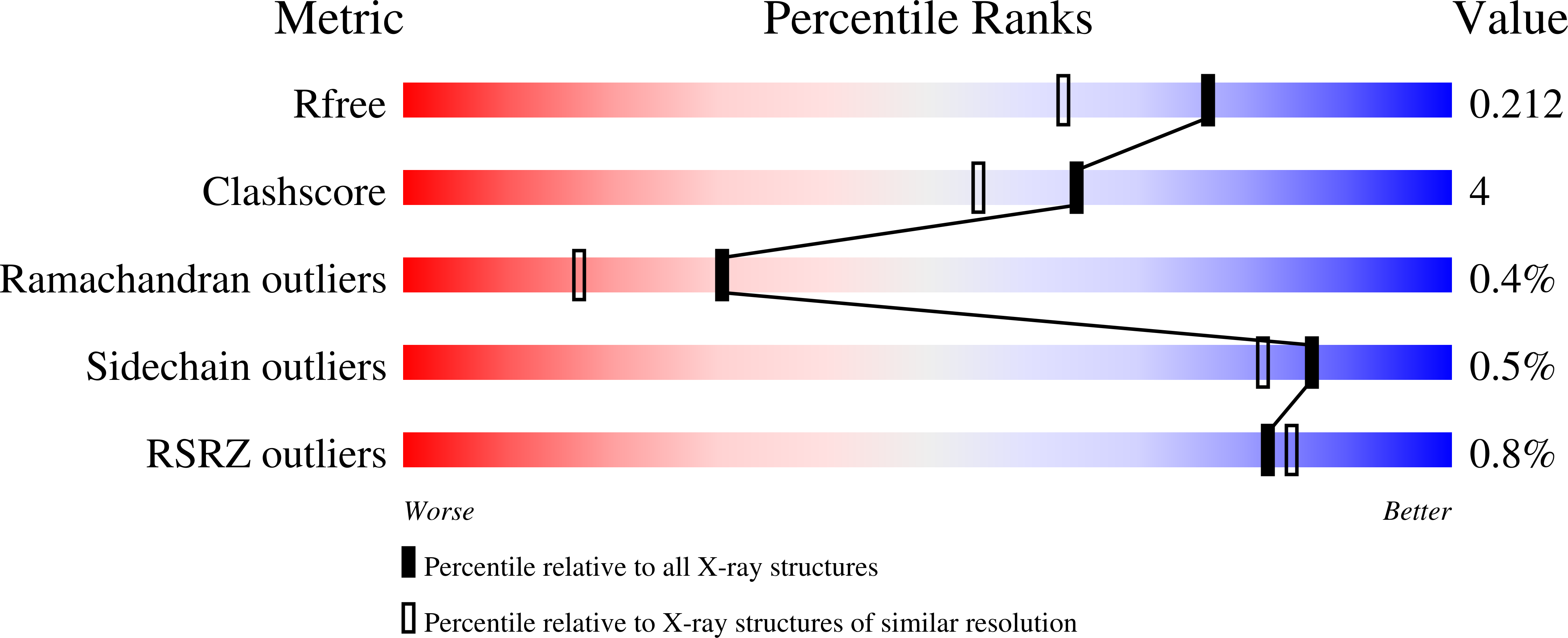
Deposition Date
2025-04-20
Release Date
2025-07-02
Last Version Date
2025-07-09
Entry Detail
PDB ID:
9QYQ
Keywords:
Title:
Crystal structure of leaf branch compost cutinase variant ICCG L50Y T26E
Biological Source:
Source Organism:
uncultured bacterium (Taxon ID: 77133)
Host Organism:
Method Details:
Experimental Method:
Resolution:
1.70 Å
R-Value Free:
0.21
R-Value Work:
0.18
Space Group:
P 41 21 2


